Cannabis Nutrient Deficiencies To Look Out For
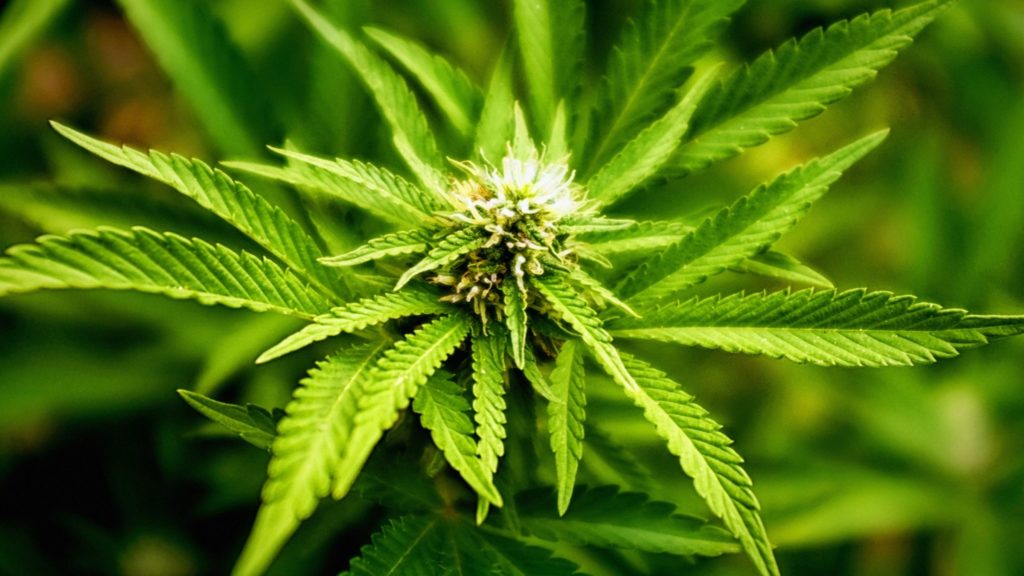
Cultivating cannabis does not come without its difficulties.
It can also be a rewarding experience that can lead to some of the best yields you’ll ever have. However, growing cannabis requires a good amount of patience and dedication.
Nutrient deficiencies are not your friends. In fact, they can make the experience of cultivating cannabis miserable.
Unless you know how to deal with them, that is.
It is almost impossible to resist getting emotionally invested into a cannabis garden. Not only is it an emotional investment, but also a financial one. When something goes wrong in a garden it can really dampen your spirits.
We understand.
No matter how much experience an individual has in cannabis cultivation, any true expert will admit that there are always problems.
Truth is, cannabis can be finicky.
There are many hurdles and problems that may arise during cultivation. The most common among these is nutrient deficiencies. However, there are simple fixes, you just need to be able to recognize and identify any deficiencies before they become fatal for the plant.
Knowing the basics of common cannabis nutrient deficiencies, and being prepared in advance could make all the difference in saving your harvest.
If you want to become a pro at cannabis cultivation, we offer online and in-person classes that will skyrocket you to an advanced grower in no time!
In the meantime, here are some key points you need to be aware of when it comes down to cannabis plant nutritional deficiencies.
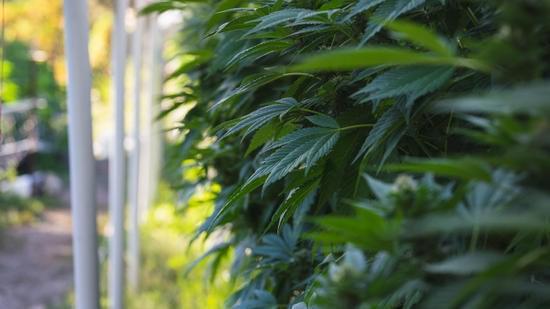
Is It Really A Nutrient Deficiency?
Cannabis cultivators often see a sickly plant and assume it’s due to nutritional deficiencies.
This is especially true for beginners who have struggling cannabis crops. It is possible for a cannabis plant to look unhealthy, but that does not mean that it isn’t getting enough nutrients.
There are many different issues that can contribute to the decline of a cannabis plant, it may be related to temperature, pest, fungi, or mold.
If you eliminate all other external factors, it could still not be a nutrient deficiency. You may have been doing everything right and giving the plant the perfect ratio of nutrients, but the plant is not able to absorb them properly for a variety of reasons. There are many things to look out for.
Let’s dive in!
Nutrient Uptake
When cannabis plants are fed, their roots absorb nutrients from their grow medium. Or in the case of hydroponics, the plant absorbs its nutrients from the water that the roots are suspended in.
In simple terms, the roots consume nutrients and move them around the plant by a process called “nutrient uptake.”
Numerous factors have an impact on a cannabis plant’s nutrient absorption potential.
Hydroponically speaking, the pH levels in the water where the roots drink from will impact their ability to absorb nutrients.
Same goes for soil; a plant’s ability to absorb nutrients is determined by the pH levels of the growing medium. The optimal pH levels of the water used to grow cannabis plants should be around 7 pH (neutral).
The water the plants are getting is also a factor in nutrient absorption. The amount of water a cannabis plant receives is a major factor in its ability to absorb nutrients.
Contrarily, a cannabis plant that gets watered too frequently will not absorb enough nutrients.
Mixing nutrients together and feeding plants at the same moment can cause nutrient deficiencies. The plants can get ‘burned’ from too many nutrients at once.
This is a common problem for novice cultivators who make their own nutrient mixtures.
It is important to make sure that your plants are able to uptake the nutrients you are giving them. Try to get on a nutrient schedule as opposed to giving the plant too many nutrients at once. Be sure there is proper drainage in the pots you are using. If you are growing hydroponically, be sure the water is flowing and oxygenized.
Frequent Monitoring and Early Intervention
It is crucial to intervene quickly if you identify a nutrient shortage or another deficiency.
It won’t be long before a plant becomes seriously ill from one or more nutritional deficiencies. A daily visual inspection is one of the most important things every cannabis grower can do.
Many cannabis growers spend hours staring at their plants, perhaps more than they should. However, being a helicopter weed parent is better than being neglectful.
However, many don’t inspect their plants enough. It doesn’t take long for a cannabis plant to become damaged, regardless of whether it is due to pests, heat, disease, equipment malfunctions, or nutritional deficiencies.
When you are examining your plants, it is a good idea to inspect every inch of the plant on a daily basis.
Pay special attention to older leaves and the stems of all your cannabis plants. While you should keep green leaves in their place, you must remove any leaves that appear to be dying or are not healthy immediately.
Perform as many level-based tests as you can. This includes monitoring pH levels in water and soil, EC levels, PPM, total dissolved liquids, and any other tests that you can afford.
The more data you can collect, the better. When a leaf looks sick it’s much easier to identify the problem than when it is in the soil, roots, or water.
If you notice that a problem is occurring, it is important to perform as much testing as possible. Once the baseline is established, continue to perform additional tests to see if there are any additional changes in the plant’s health.
It is better to be safe than sorry. Sicknesses can spread from one plant to another and losing a whole crop to a sickness is heartbreaking to say the least.
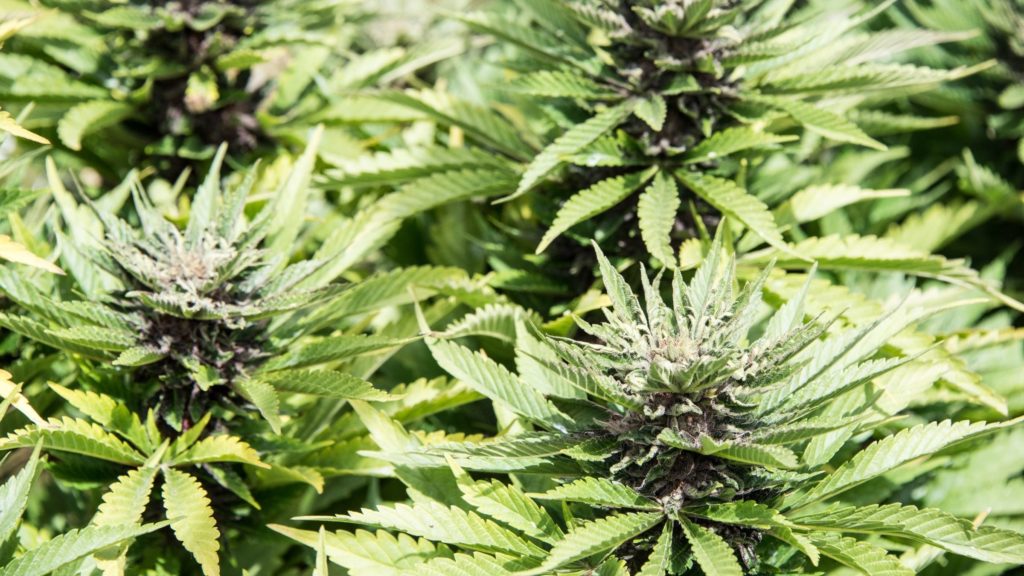
Common Nutrient Deficiencies Seen Within The Vegetative stage
The growth phase will have different requirements for than the vegetative phase.
Some deficiencies are more prevalent in the vegetative stage of cannabis plants than the flowering phase.
Nitrate Deficiency
This might be the most common nutrient problem during the vegetative phases.
Although the cannabis plant needs more nitrogen during flowering than in the vegetative phases, some growers do not give their plants enough during this time.
A good indicator of a nitrogen shortage is yellowish leaves.
These are usually seen starting at the bottom of the plants and gradually moving up to the top.
There are many products that can be added to water to fix nitrogen deficiencies.
When it comes to nitrogen though, be cautious. Too much nitrogen can be fatal for cannabis plants.
Small amounts however, are better than none. A way to test the waters is adding more nitrogen to one plant’s feeding schedule and observe how it reacts.
If the nitrogen seems to be helping, you can then add it to the feeding schedules of other plants.
Magnesium Deficiencies
This will occur more often during the flowering stage, but can also happen during the vegetative period.
Magnesium shortages are visible on leaves in the form of yellowing and fading.
However, this is different from the all-around yellowing that results from a nitrogen deficit.
A simple way to fix a magnesium shortage is to include more Epsom Salt in the food schedule.
On that note, epsom salt is useful for its sulfur content, which can help cultivators combat any potential sulfur deficiencies.
Sulfur shortages are common during the vegetative stage and the flowering period. They can be hard to distinguish from a calcium or nitrogen deficiency.
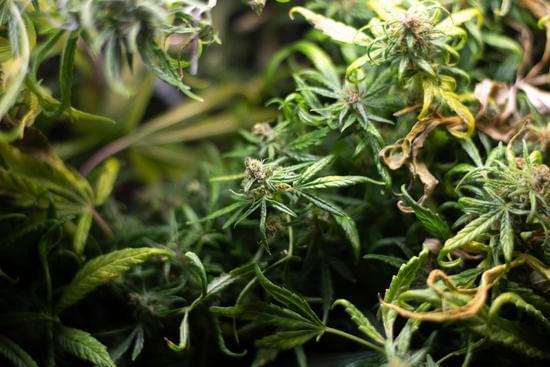
Common Nutrient Deficiencies Seen Within The Flowering Stage
There are many types of nutritional deficiencies that can occur during flowering, in addition to those mentioned previously.
The flowering phase of cannabis plants require more nutrients. Therefore, many types of nutrient deficiencies are more common during this phase.
Iron Deficiencies
This can occur frequently during flowering.
They are often very difficult to distinguish from a magnesium deficiency that is also common during flowering.
It’s best to encourage the use of both of these nutrients as if one is already occurring, the other is likely following.
Potassium Deficiencies
Deficiencies in potassium can also occur during the flowering stage.
Potassium is essential for the growth of marijuana plants. A potassium deficiency is evident by a yellowing and ‘burned look’ around the edges of the leaves.
Most gardening stores will sell potassium-rich foods to help remedy this.
Phosphorus Deficiency
A phosphorus deficiency is a rare condition in cannabis plants.
A phosphorus deficiency is when older leaves develop brown spots, or other darkening effects.
New leaves become smaller and the growth rate becomes a lot slower. The spotted leaves should be removed and a phosphorus-rich nutrition product added to the plant’s diet.
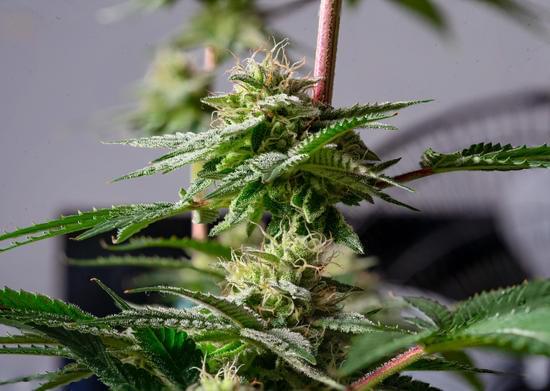
Other Cannabis Plant Deficiencies
The deficiencies listed above are the most common, however, here are some other deficiencies that can arise that cultivators should be aware of:
- Zinc deficiency — Younger leaves start yellowing between veins
- Calcium Deficits — Younger Leaves Curl
- Magnesium deficiency — Yellowing leaves or brown spots, often mistaken for phosphorus deficiencies
- Copper deficiency — leaves get darkened and shiny
A Word Of Caution
As far as cannabis nutrients go, it is important to remember that more is not always better.
Any excess of nutrients can lead to a loss of your investment, as too much being fed to your plants can lead to their death.
Sometimes, overfeeding can cause even more damage than not feeding them enough nutrients. If a cultivator, especially a novice, believes that a cannabis plant is not receiving enough nutrients, they tend to overcompensate. This leads to many issues.
The appearance of burnt leaf tips is a sign that the cannabis plant is getting too many nutrients.
If your plants are experiencing this, it is time to stop using nutrients.
Give the plant plenty of water. Allow it to drink about 3 – 4 times as many gallons of water then they normally get.
Check the water ‘runoff’ after it passes through the grow medium to find out what nutrients are present.
Do not give the cannabis plant any nutrients that were found to be high in the runoff water tests.
After the levels have returned to normal, it is best to limit the amount of nutrients the plants are receiving for at least a few weeks.
Many expert gardeners recommend keeping a garden journal.
This will allow you to record information such as plant observations and keep track of your progress.
The journal will allow the cultivator to spot trends they may not have otherwise noticed, including over-feeding.
It is part of an overall effort to increase education and improve the learning experience. Being a skilled cannabis grower is a lifetime-long endeavor.

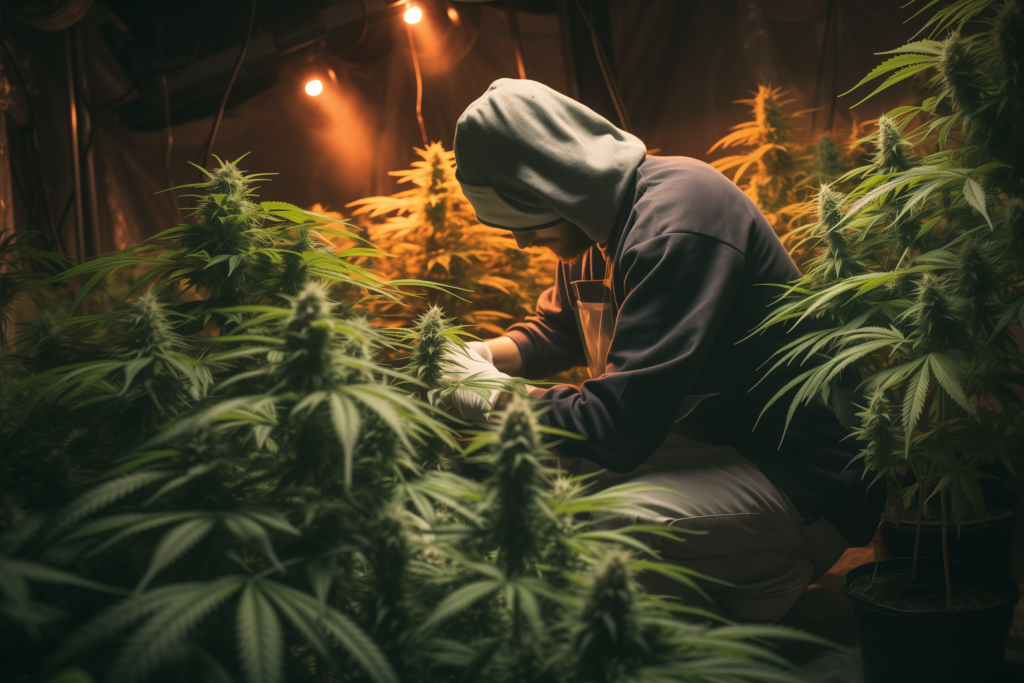
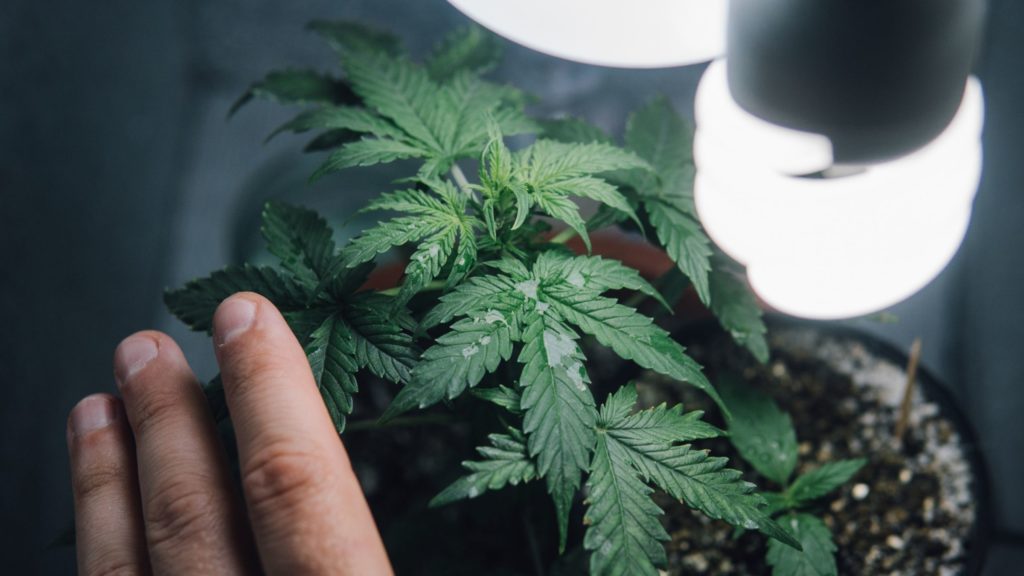
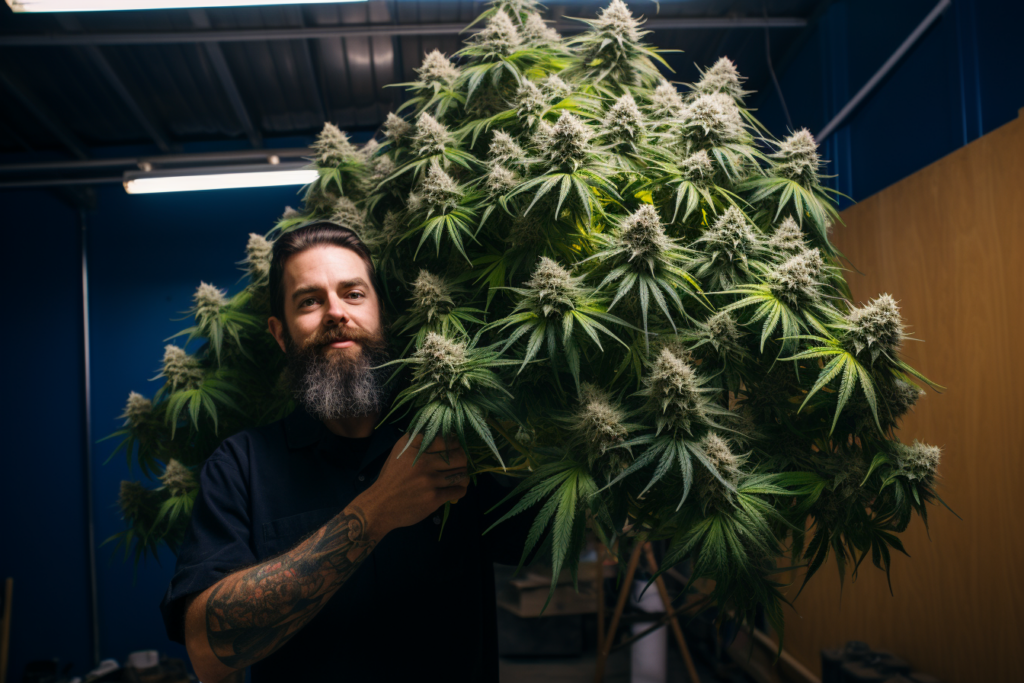
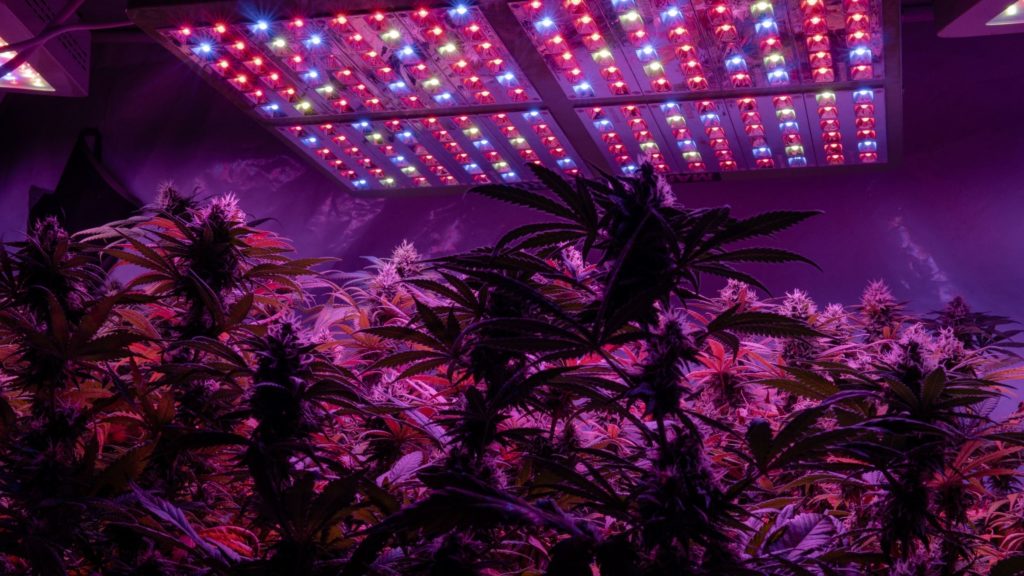
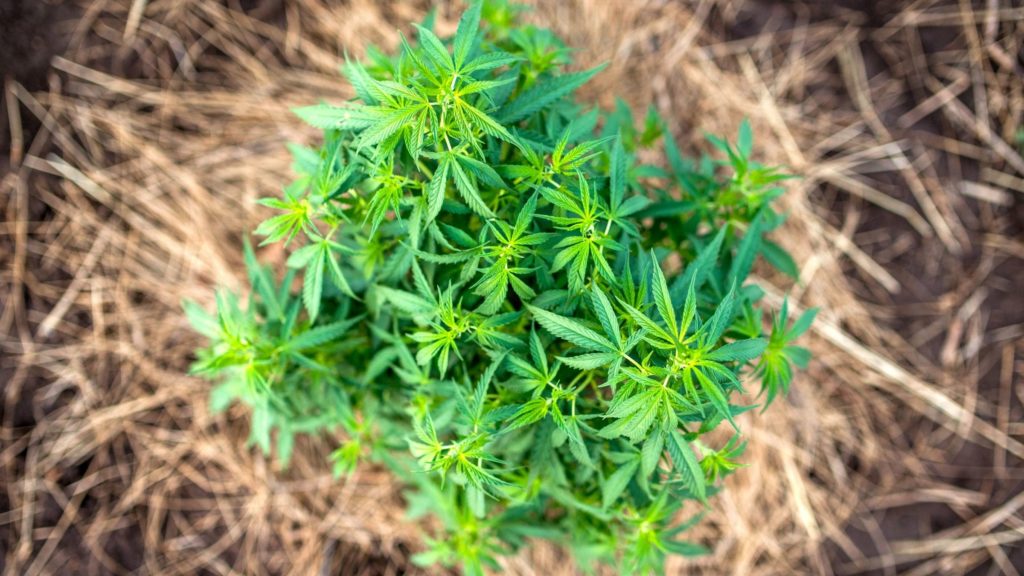

Responses